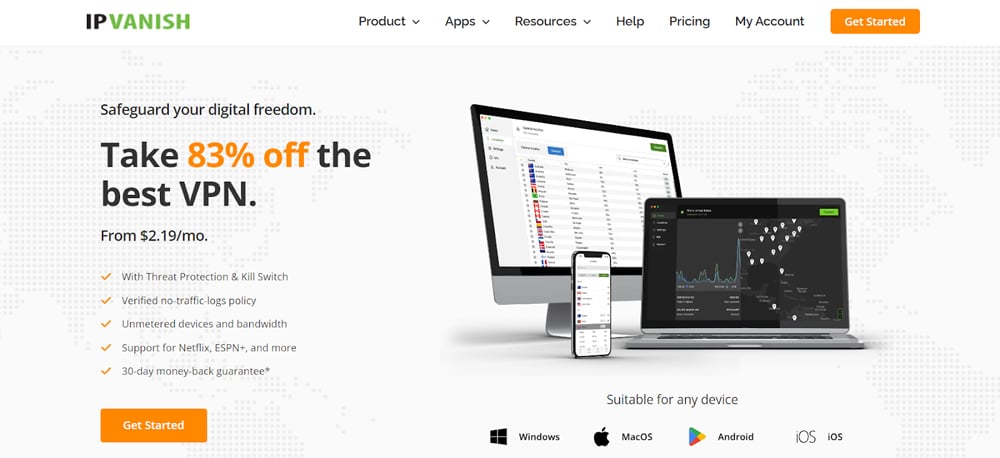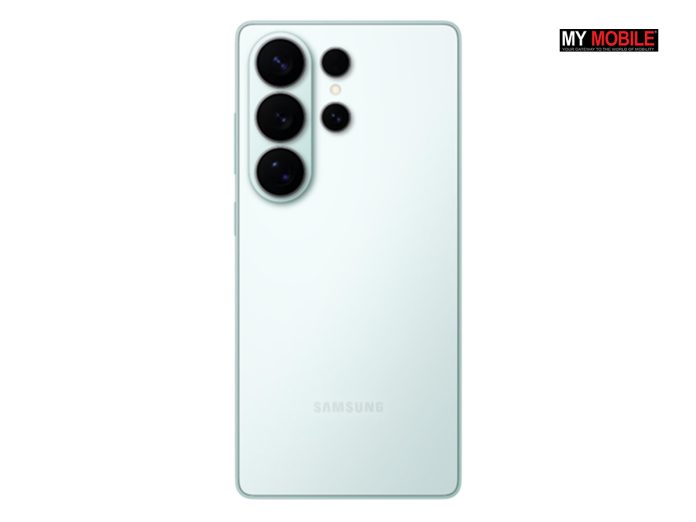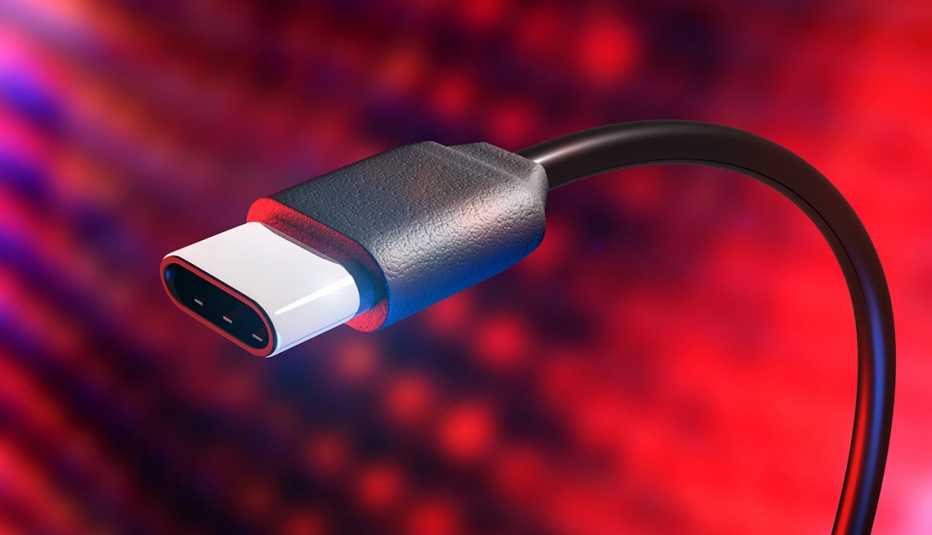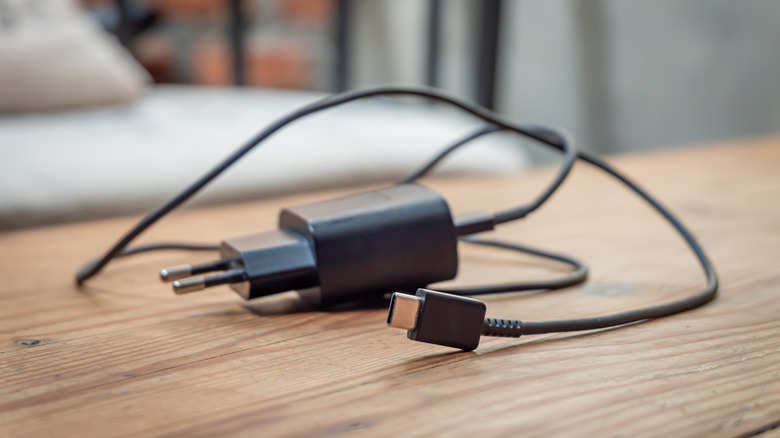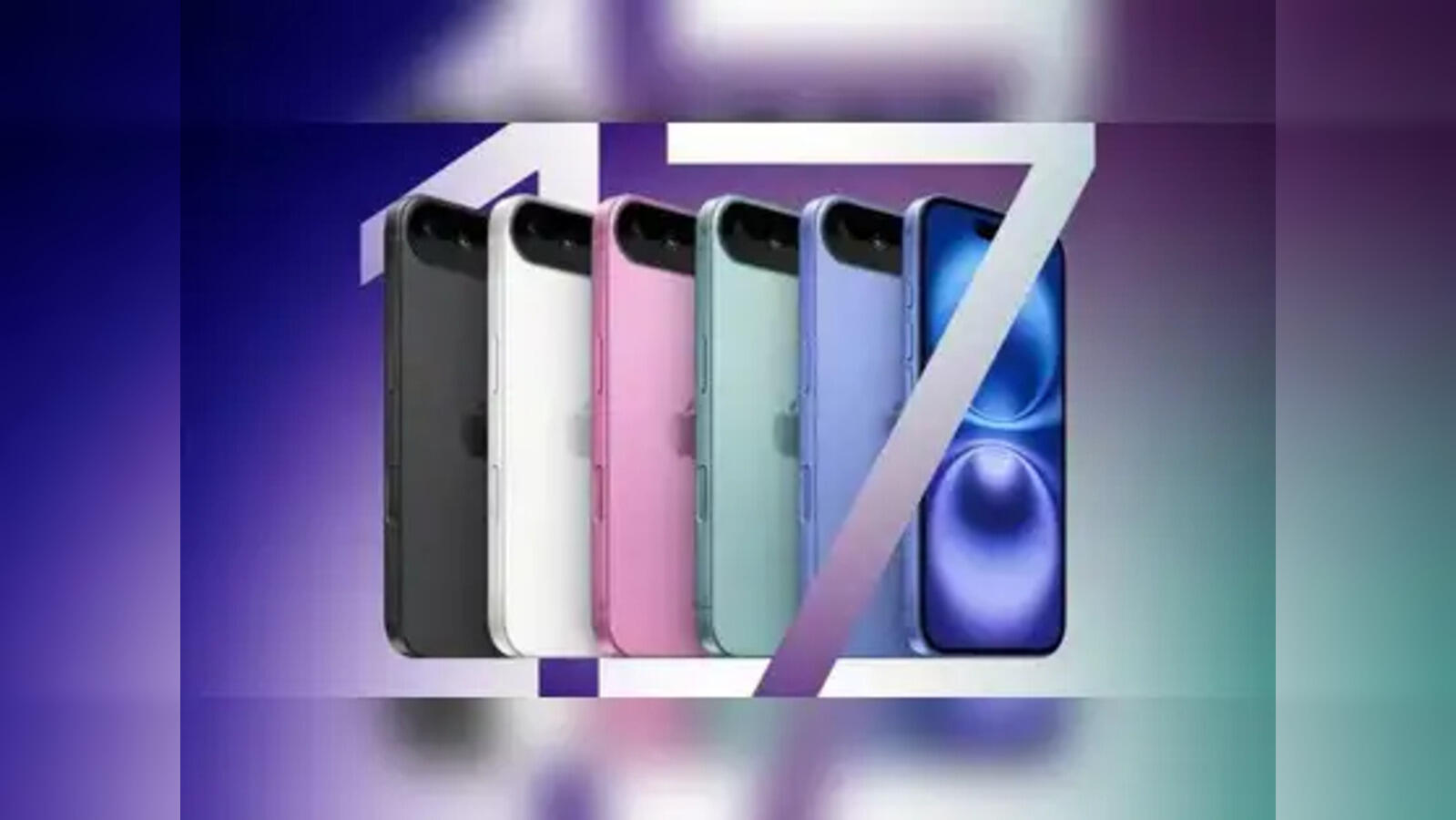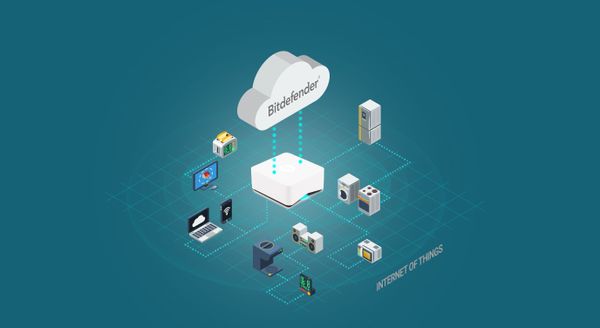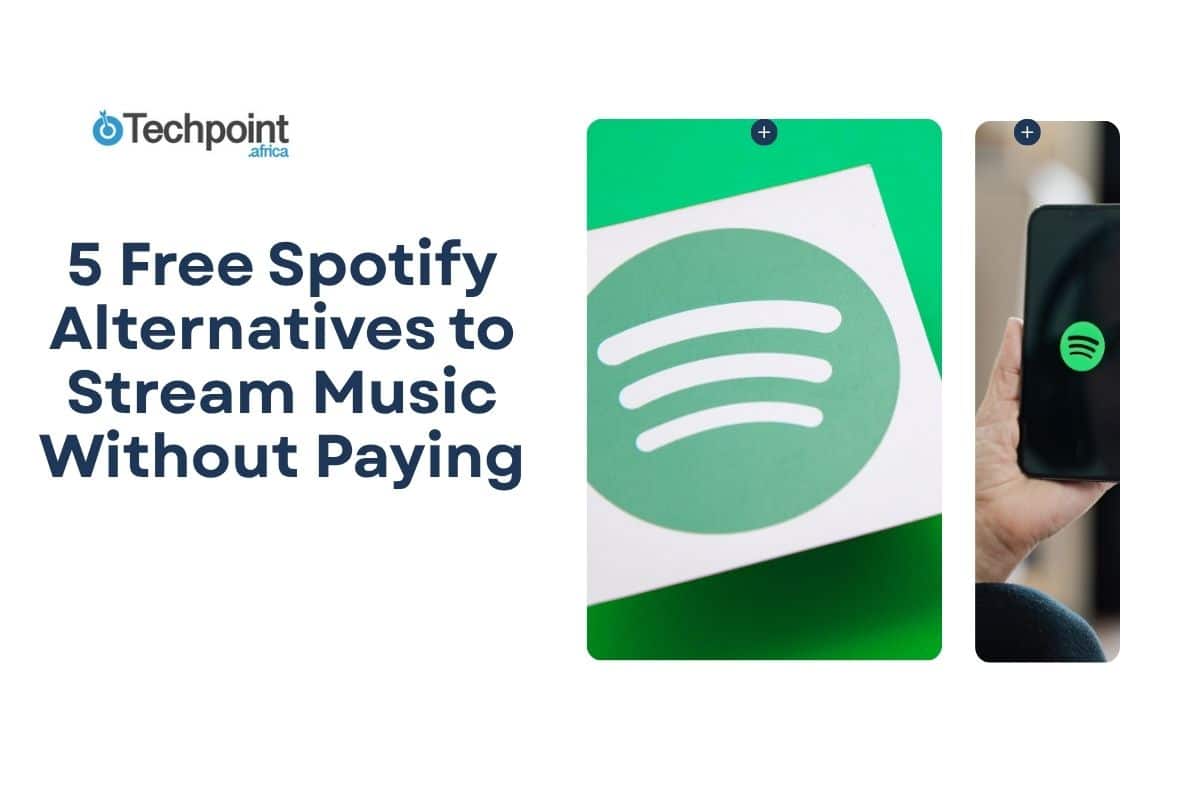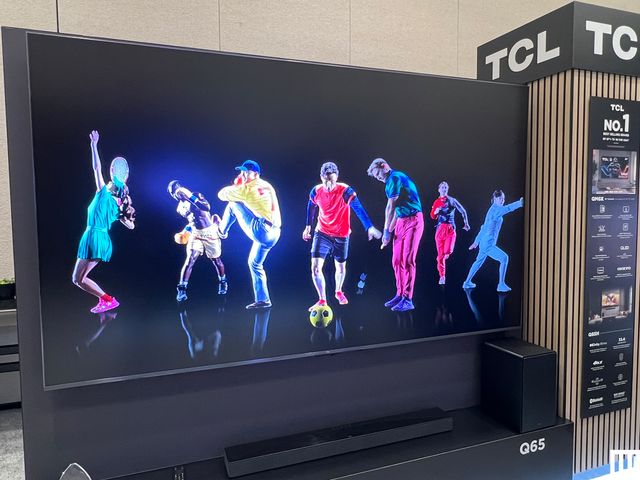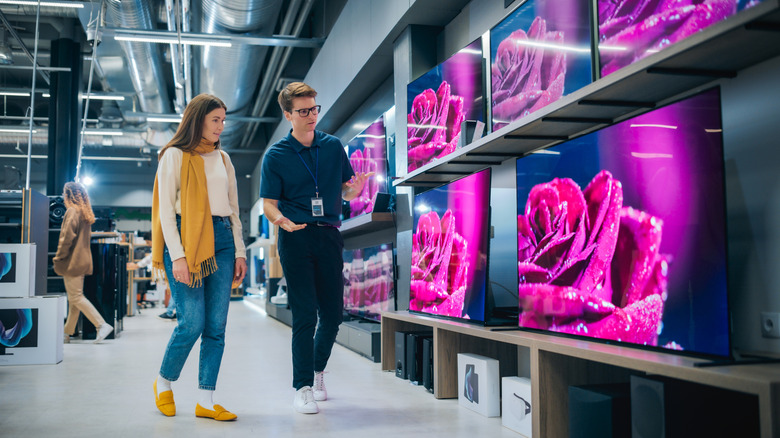Your upcoming Samsung flagship may have a higher price tag.
Key points to consider:
– Samsung has reportedly yet to finalize the pricing for the Galaxy S26, despite the launch being just a few months away.
– Increases in component costs are believed to be the primary issue, particularly concerning camera modules, OLED displays, and memory.
– To manage expenses, Samsung is opting for Exynos chips in certain Galaxy S26 and S26 Plus models, while more expensive Snapdragon chips will be used for significant markets such as the U.S.
With only a couple of months remaining before the anticipated launch in February 2026, you might assume Samsung has everything concerning the Galaxy S26 series organized. However, reports from Korea indicate that the company has not yet established the pricing.
According to a report from The Bell, Samsung is experiencing difficulties in determining the prices for its new flagship devices — the Galaxy S26, S26 Plus, and S26 Ultra — due to the economics not aligning (via SamMobile).
The primary challenge is that the production of these phones has grown significantly more expensive. Various essential components are simultaneously increasing in cost, including camera modules, OLED displays, and notably mobile DRAM (memory).
Hardware expenses are escalating:
IDC has noted that the rising demand for AI data centers has made memory chips more difficult to acquire, resulting in price hikes across the board. With elevated costs, tighter profit margins, and global economic hurdles, Samsung must reassess its pricing strategy to avoid losing customers.
Samsung President Roh Tae-Moon is reportedly requesting that suppliers reduce their prices, but there are limits to what can be accomplished. The company is already marketing the Galaxy Z TriFold at a loss to showcase its technology and gain market share. Nonetheless, the Galaxy S series serves as Samsung’s primary profit generator, meaning it cannot afford to operate at a loss on millions of these handsets merely to keep prices down.
To navigate these expenses, Samsung is employing varied processors across different models. The standard Galaxy S26 and S26 Plus are likely to incorporate Samsung’s own Exynos 2600 chip in certain areas. This approach helps the company avoid the additional costs associated with Qualcomm’s Snapdragon chips.
However, the Ultra edition and likely the standard models in major markets such as the U.S. will still utilize Qualcomm chips, which are not inexpensive. As Samsung cannot forego these higher-priced chips, it faces a challenging choice: either accept diminished profits or increase prices and face the risk of selling fewer devices.
The official announcement is anticipated in February 2026. In the meantime, if you’re eager for the S26, starting to save some extra funds now would be wise. You might find it necessary.
Read More